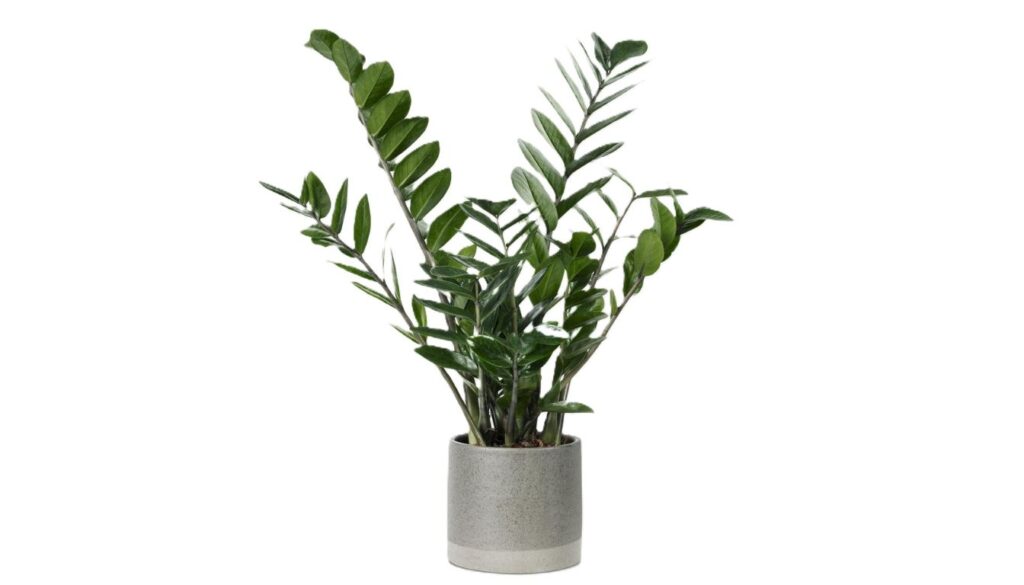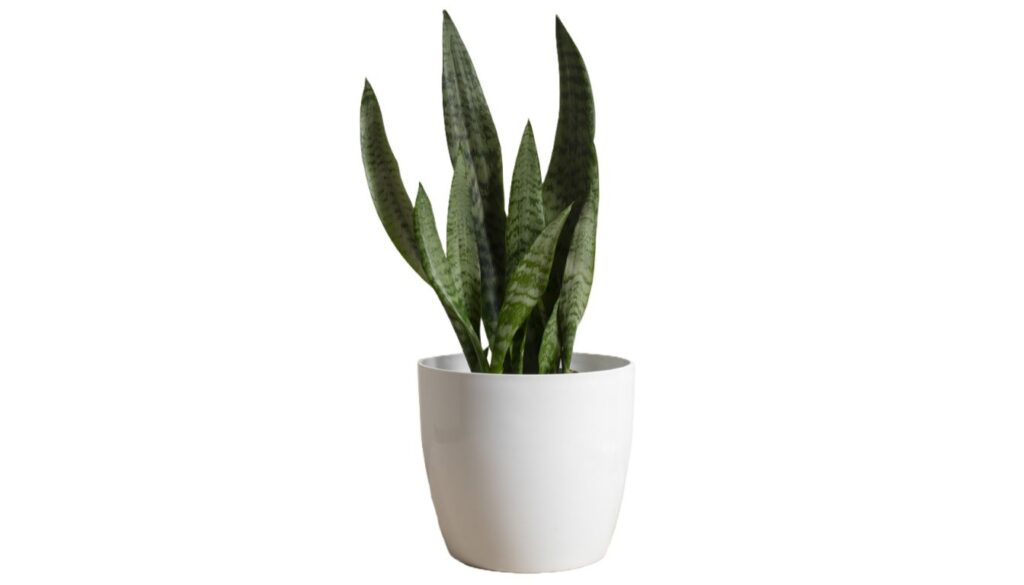If you think your home’s dry air spells disaster for indoor plants, think again. There’s a world of greenery that thrives in low humidity, bringing life and beauty to even the driest spaces. Imagine vibrant foliage and captivating textures without the constant worry of wilting leaves.
Overview of Indoor Plants That Like Low Humidity
Some indoor plants thrive in low humidity, bringing life to any space without fuss. Succulents often stand out among these plants. They love dry air and need little water, making them perfect for busy lifestyles. Cacti also fall into this category. Their spiky looks and unique shapes add character to any room while requiring minimal care.
Snake plants impress with their resilience. These hardy plants tolerate low light and neglect, making them ideal for beginners. Their tall leaves with striking patterns contribute to a modern aesthetic. Another great option is the ZZ plant. ZZs do well in dry conditions and can survive long periods without water. Plus, they shine in low light, making them versatile for various indoor settings.
Spider plants offer a fun twist. They produce “babies” that dangle, creating a playful vibe. Spider plants adapt well to indoor environments, showing off their resilience. Pothos plants, with their trailing vines, also enjoy low humidity. They grow fast and are forgiving if you forget to water them occasionally.
Benefits of Low Humidity Indoor Plants
Low-humidity indoor plants offer several benefits. These plants thrive without moisture and enhance home aesthetics.
Improved Air Quality – Low-Humidity Indoor Plants: Easy-Care and Stylish Options
Indoor plants filter air pollutants effectively. Snake plants absorb carbon dioxide, releasing oxygen during the night. I noticed a cleaner atmosphere and fresher air in my space after adding a few of these green friends. Pothos plants also help by removing harmful substances like formaldehyde. Breathing in fresher air makes daily life more enjoyable.
Low Maintenance Requirements
Low-humidity plants are easy to care for. Succulents and cacti need infrequent watering, making them perfect for busy lifestyles. I often forget to water them, yet they still flourish. ZZ plants can survive weeks without water, which is a real lifesaver. Spider plants also thrive on neglect and look fabulous. Their resilience adds to the charm of my indoor garden.
Popular Indoor Plants That Thrive in Low Humidity

Various plants flourish in low humidity, making them perfect for my home. Here’s a closer look at some popular choices that thrive in drier environments.
Snake Plant – Low-Humidity Indoor Plants: Easy-Care and Stylish Options
Snake plants add a touch of elegance to any space with their tall, sword-like leaves. They’re almost indestructible and can tolerate neglect. Water them infrequently; once every few weeks is enough. These plants also purify the air, absorbing carbon dioxide and releasing oxygen at night. If I forget to water my snake plant, it won’t hold a grudge. It’s truly a low-maintenance gem.
ZZ Plant
The ZZ plant stands out for its glossy, dark green leaves. This plant doesn’t mind low light or dry air. I find it forgiving, as it can go weeks without water. It’s a great option for busy lifestyles. Place it on a shelf or in a corner, and it still thrives. The ZZ plant makes a perfect companion for my forgetful gardening habits.
Pothos
Pothos plants drape beautifully from shelves or hangers. Their vibrant, heart-shaped leaves come in various colors, which add character to my indoor garden. This plant’s adaptability shines through in low humidity, thriving with minimal care. I just let the soil dry out between waterings, and it’s happy. Plus, pothos plants filter out toxins like formaldehyde, making my air cleaner. They’re lively housemates for anyone looking to improve indoor aesthetics.
Care Tips for Low Humidity Indoor Plants
Taking care of low-humidity indoor plants doesn’t have to be complicated. I found that understanding their basic needs makes it easier to keep them thriving.
Watering Guidelines – Low-Humidity Indoor Plants: Easy-Care and Stylish Options
Watering low-humidity plants requires a light touch. I water my succulents only when the top inch of soil feels dry. Cacti need even less; sometimes, they enjoy a good drink just once a month. It’s essential to ensure proper drainage. I use pots with drainage holes to prevent water from sitting stagnant. Checking soil moisture with my finger helps avoid overwatering or underwatering!
Optimal Lighting Conditions
Low-humidity plants love bright, indirect light. I place my snake plant near a window where it can soak in the sun without getting scorched. ZZ plants thrive in low light, so they’re perfect for darker corners of my home. Pothos often grows best with a bit of variety, enjoying both low and bright light. If you notice your plant stretching toward the light, consider moving it to a brighter spot. Happy plants equal happy homes.
Before You Go – Low-Humidity Indoor Plants: Easy-Care and Stylish Options

Embracing indoor plants that thrive in low humidity has transformed my space into a vibrant oasis. I love how these resilient plants not only enhance my home’s aesthetics but also contribute to better air quality. With minimal care requirements, I can enjoy the beauty of snake plants, ZZ plants, and pothos without the stress of maintaining high humidity levels.
These plants have proven to be perfect companions for my busy lifestyle. By choosing the right greenery, I’ve created an inviting atmosphere that’s both easy to manage and visually appealing. If you’re looking to add some life to your indoor environment, low-humidity plants are a fantastic option that I highly recommend.
Don’t forget to add theherbprof.com homepage to your favourites so you don’t miss out on future articles.
References – Low-Humidity Indoor Plants: Easy-Care and Stylish Options
Little Herb Encyclopedia, by Jack Ritchason; N.D., Woodland Publishing Incorporated, 1995
The Ultimate Healing System, Course Manual, Copyright 1985, Don Lepore
Planetary Herbology, Michael Tierra, C.A., N.D., Lotus Press, 1988
Handbook of Medicinal Herbs, by James A. Duke, Pub. CRP Second Edition 2007
The Complete Medicinal Herbal, by Penelope Ody, Published by Dorling Kindersley
Check the Following Article
Best Companion Plants for Cabbage: Grow Healthy Crops
Kiwi Fruit: Amazing Health Benefits of This Superfood
Guide to Persian Shield Propagation: Grow Vibrant Plants
Jujube Fruit: Unlocking Nature’s Powerful Health Benefits
Frequently Asked Questions – Low-Humidity Indoor Plants: Easy-Care and Stylish Options
Can indoor plants thrive in dry air?
Yes, many indoor plants thrive in low humidity conditions. Species like succulents, cacti, snake plants, and ZZ plants are well-adapted to dry environments and require minimal care.
What are some indoor plants that do well in low humidity?
Popular indoor plants that flourish in low humidity include succulents, cacti, snake plants, ZZ plants, spider plants, and pothos. All these varieties are resilient and great for busy lifestyles.
How do low-humidity plants improve air quality?
Low-humidity plants, such as snake plants and pothos, filter pollutants from the air. For instance, snake plants release oxygen at night and absorb carbon dioxide, while pothos help eliminate formaldehyde.
What is the best way to care for low-humidity indoor plants?
Care tips include watering succulents only when the top inch of soil is dry, ensuring proper drainage, and placing plants in bright, indirect light. Avoid overwatering to maintain their health.
Are snake plants and ZZ plants easy to maintain?
Yes, both snake plants and ZZ plants are very low maintenance. They require infrequent watering and can tolerate low light and dry conditions, making them perfect for busy lifestyles.

